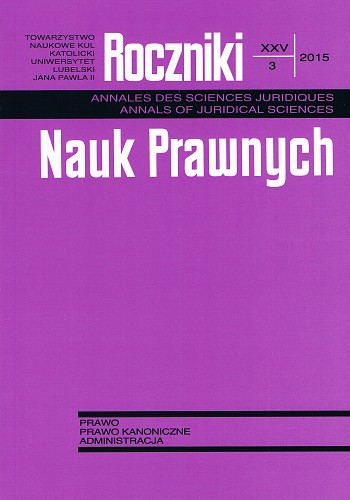Wybór oferty najkorzystniejszej jako cel postępowania o udzielenie zamówienia publicznego
Choosing the most advantageous tender as an objective of public contract awarding procedure
Author(s): Małgorzata Kruszewska-GagośSubject(s): Law, Constitution, Jurisprudence
Published by: Towarzystwo Naukowe KUL & Katolicki Uniwersytet Lubelski Jana Pawła II
Keywords: criteria for evaluation of tenders; choosing the contractor; public procurement
Summary/Abstract: The objective of this article is to draw attention to legal conditions related to choosing the most advantageous tender and practical problems occurring on the basis of applying individual provisions of the Public Procurement Act of 29 January 2004 and other acts. Contracting authority chooses the most advantageous tender on the basis of criteria for evaluation of tenders determined in the specification of essential terms of the contract. The most advantageous tender is such a tender that presents the most advantageous balance of price and other criteria related to the subject-matter of the contract or a tender with the lowest price. In this context the indication of criteria for evaluation of tenders and the method of operating individual criteria by contracting authority grows in importance. Amendment of the Public Procurement Act of 29 August 2014 concentrated on, inter alia, the choice of tenders that guarantee the best relation of value for money on the basis of non-price criteria for evaluation of tenders, including environmental, quality and technical value criteria. Such alternations also determine the need to enhance qualifications of contracting authority’s employees, especially qualifications of tender committee, in respect of the ability to properly specify non-price criteria. The practice of applying new solutions shall soon answer the question, whether the assumptions of legislator that accompanied the amendment of provisions of the Public Procurement Act have produced expected results.
Journal: Roczniki Nauk Prawnych
- Issue Year: 25/2015
- Issue No: 2
- Page Range: 171-192
- Page Count: 22

